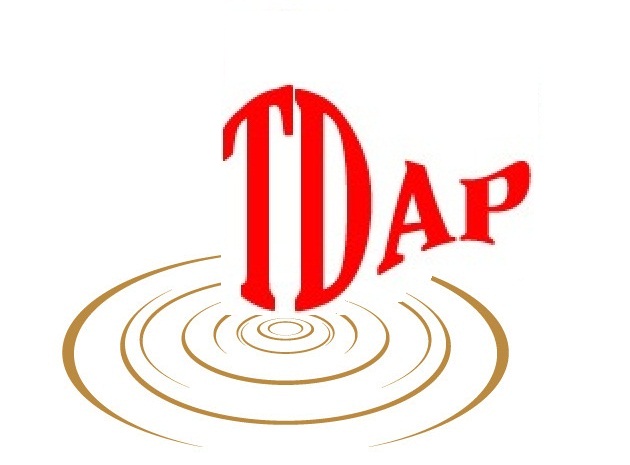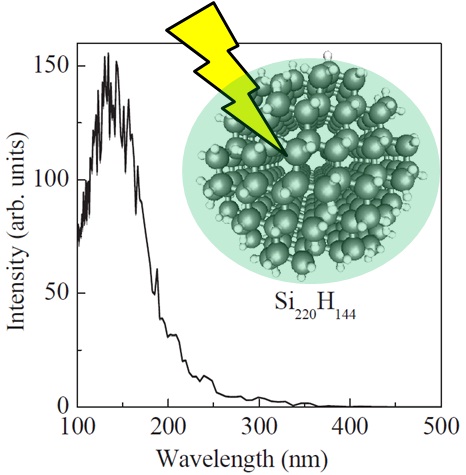TDAP stands for "Time Dependent Ab-initio Package", which is a suite of computer
software targeting for quantum dynamic simulations of electron-ion system
from first principles. It employs a real time real space implementation of time-dependent density functional theory based on numerical atomic basis sets.
NEWS and UPDATES
- 6/10/2018 Release of TDAP-2.0 package.
- 5/25/2017 TDAP receives computer software copyright registration (No. 2017SR206056).
- 1/08/2016 Release of TDAP-1.0 package.
- 9/10/2015 The webpage is set up for furthering the developments of the TDAP package.
- 3/01/2012 Internal distribution of the tdap package with collaborators.
Major features of TDAP include
Prediction of optical spectrum
To calculate optical properties of a molecule or material under investigation, one monitors the dynamic evolution of the electric dipole moment of the system after perturbation by an external field based on real-time TDDFT simulations. The optical absorbance can be obtained by fourier transform of the time evolution of dipole moments. Nonlinear optical response of molecules and materials can also be studied by explicitly looking at its field dependence.
Ultrafast electron injection
Ultrafast electron and hole dynamics upon light excitation in molecular and semiconducting systems is essentially a key process in many types of photovoltaic and optoelectronic devices. This process is usually coupled to local or periodic atomic vibrations during carrier transport and relaxation processes, so both the electronic and nuclear degrees of freedom need to be considered. TDAP can be used to simulate interface electron injection dynamics.
Excited state molecular dynamics
All experimental probes activate the system to excited states for detection. However, a full description of excited states, at the atomic [molecular vibrations] and electronic [absorption and emission] level, especially the coupled ion-electron motions under strong field [quantum control] is highly challenging, but can now be tested within TDAP method.




